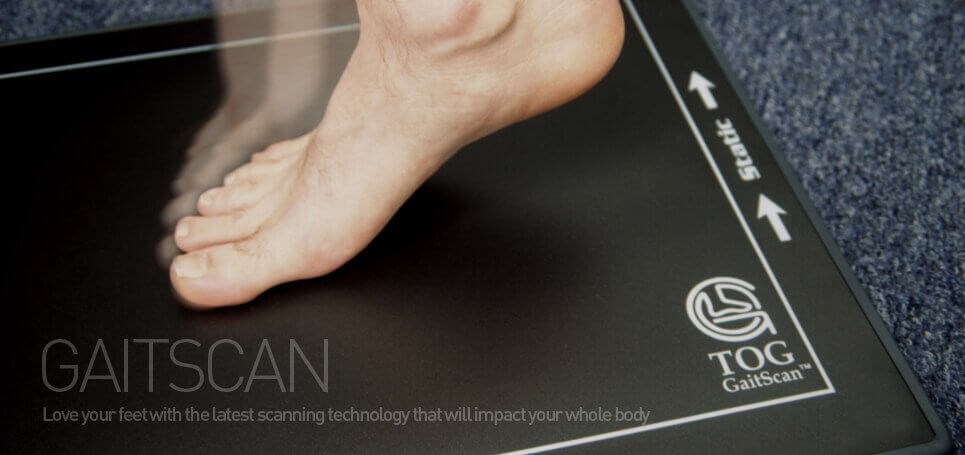DRY NEEDLING
Dry needling is a technique involving the insertion of small filament-like needles into the knots within tight bands of muscle, commonly referred to as trigger points or myofascial trigger points (or MTrPs). Myo means muscle and fascia is the connective tissue within and around it.
Research reveals that dry needling not only targets the trigger points but also the ligaments, tendons, bones, and attachments between the bones and tendons.
While the method sounds somewhat similar to acupuncture, it employs the knowledge of anatomy and function – muscles, joints, ligaments and nerves and is performed by physiotherapists. In contrast, acupuncture entails puncturing your skin with needles along specific meridians to activate and balance the flow of energy, “chi (Qi).”
Ask our Physiotherapists how they can help you
What are the benefits of Dry Needling Therapy?
1. Minimises Myofascial pain and tightness
Trigger points are a hallmark feature of a medical condition called myofascial pain syndrome (MPS) in which “hypersensitive” knots develop within the muscles and fascia. Pressing those sensitive spots triggers pain (thus they are termed as trigger points). It can release these tight muscle knots through several mechanisms, one of which is provoking a local twitch response (LTR).
LTR refers to a brisk reflex tightening of the muscle fibres in or around the myofascial trigger points (MTrPs). The physiotherapists often elicit LTR by the in-and-out technique (also called “pistoning” in a fan). The presence of LTR indicates that the needle’s in the correct place (i.e. into the trigger point or the point of maximum tenderness). The LTR induced by dry needling breaks the vicious cycle of the trigger point-circuit and deactivates the MTrPs, providing immediate pain relief.
Pain can remain suppressed for up to 6 weeks after dry needling. The earlier the implementation of this intervention, the more sustained is the pain reduction in individuals with MPS.
2. Can augment the levels of naturally-occurring opioids in your body
Our skin contains several nerve fibers that carry different sensations to the spinal cord. One of these nerve fibers is the A‐delta nerve fibers, transmitting sharp pain and temperature sensations. Insertion of a dry needle into your skin (an example of sharp pain) stimulates the A‐delta nerve fibers, which in turn, cause the nerve cells (or neurons) in your spine to release opioid-like compounds such as endorphins. These chemicals limit the excitability of nerve cells within your brain and spinal cord that could otherwise contribute to the exaggerated sensitivity to pain – a phenomenon responsible for the specific point tenderness of MTrPs.
3. Can help reduce your dose of pain-killers
Other than myofascial pain syndrome, MTrPs can occur due to muscle strains, poor posture (including during sleep), muscle overuse, mechanical overload, psychological stress, and musculoskeletal conditions, including chronic low back pain, osteoarthritis, and fibromyalgia (FM). It not only provides considerable relief (especially when combined with other therapies) from all these problems but also assists in cutting off the pain-killer doses.
A study published in the Clinical Journal of Pain showed that individuals who underwent the needle therapy for osteoarthritis were more likely to ditch the pain killers after 3 months of therapy.
4. Improves the Range of Motion
Depending on their location, MTrPs can highly restrict a joint’s range of movement. This makes everyday tasks more cumbersome. By curbing local and referred pain, dry needling can help ease movement and flexibility.
5. Shows promise against Fibromyalgia (FM)
While tender points rather than trigger points are a hallmark of FM, trigger points can also develop in FM sufferers and generate pain. By stretching the tightened muscle filaments, the needle therapy allows them to resume their normal resting length, thereby reducing the resultant body pain of a FM sufferer. The endorphins (aka “feel-good” chemicals) released in response to mechanical stimulation by the dry needle help fight the depression and fatigue of fibromyalgia.




